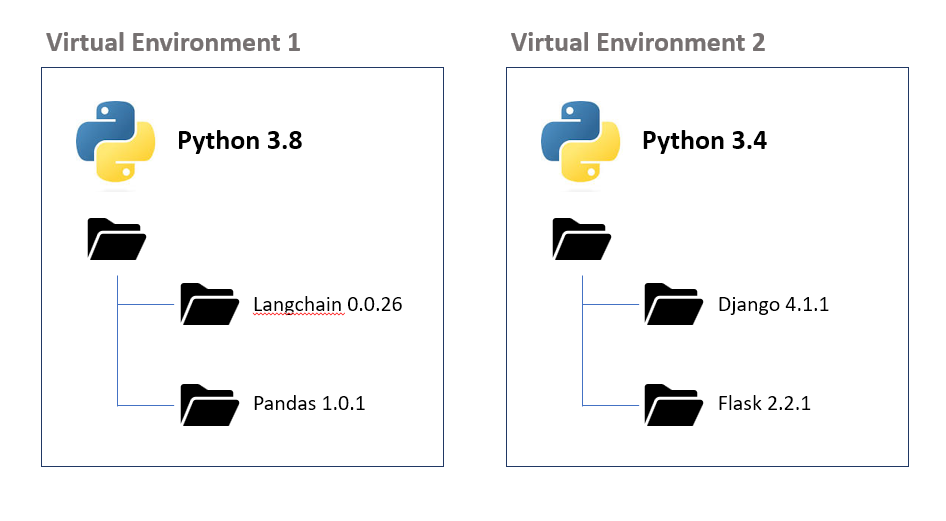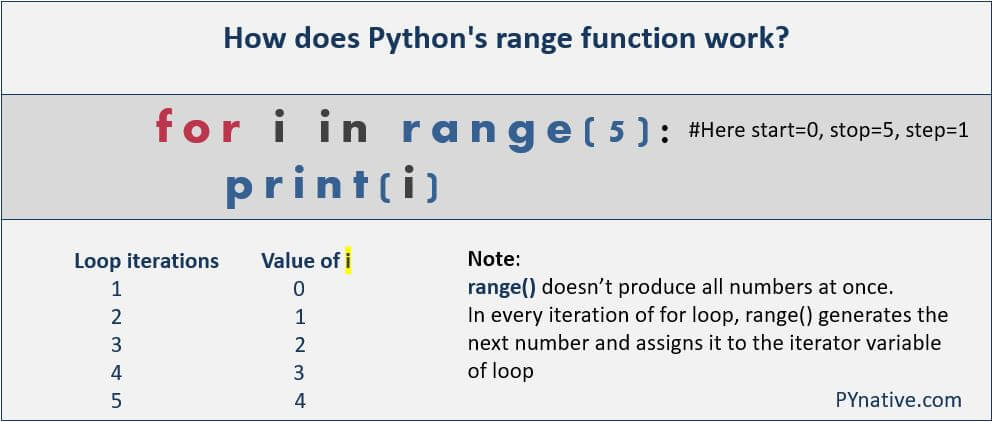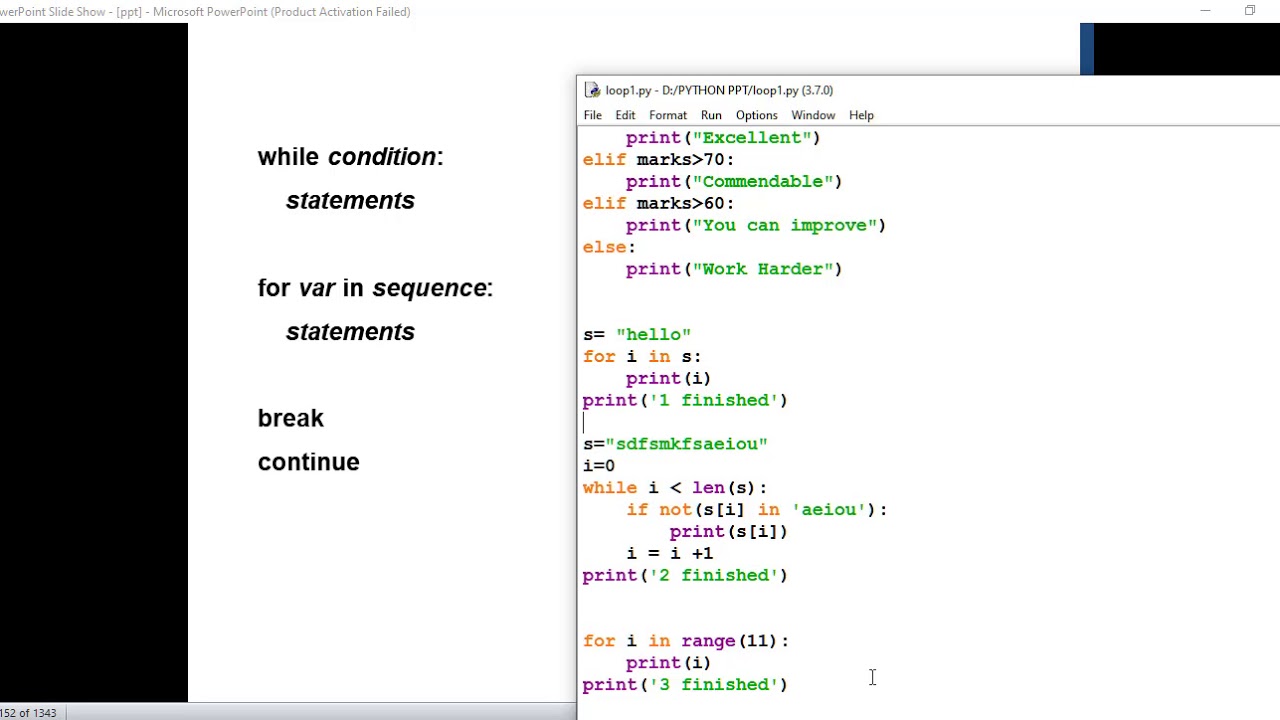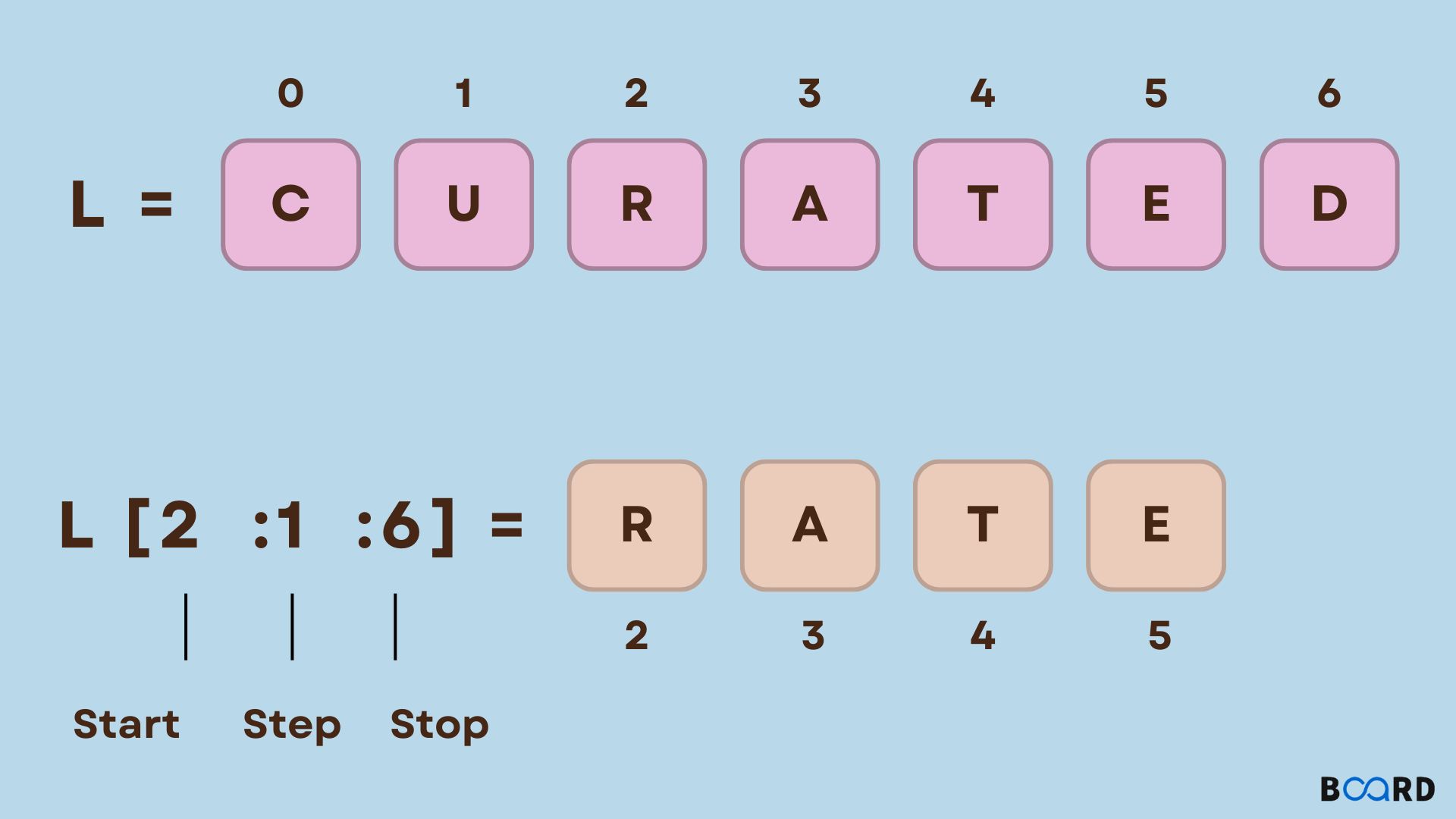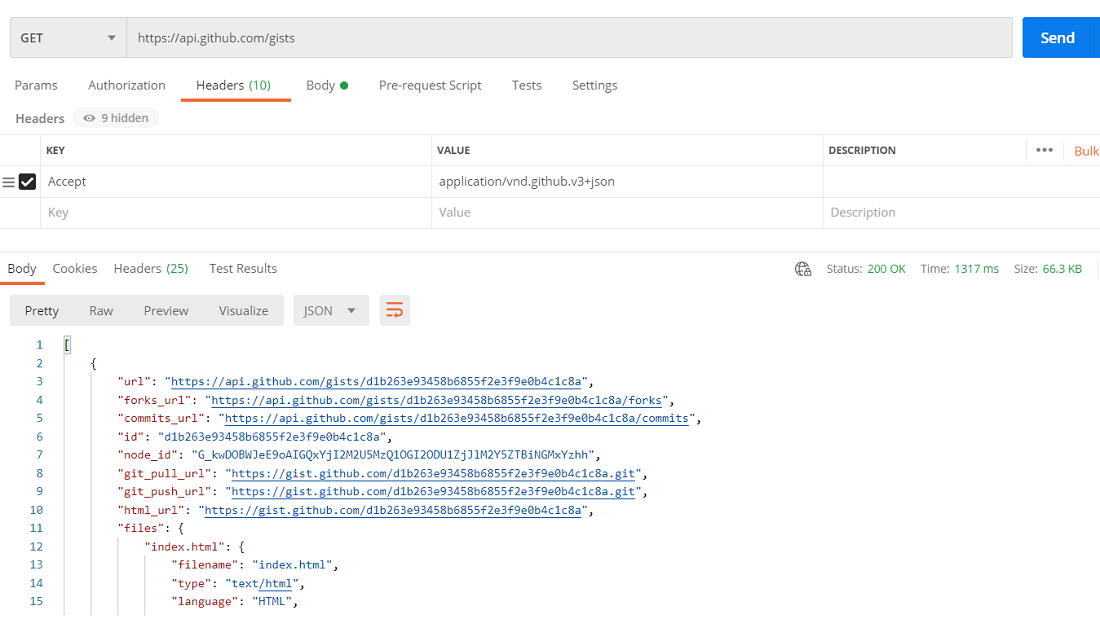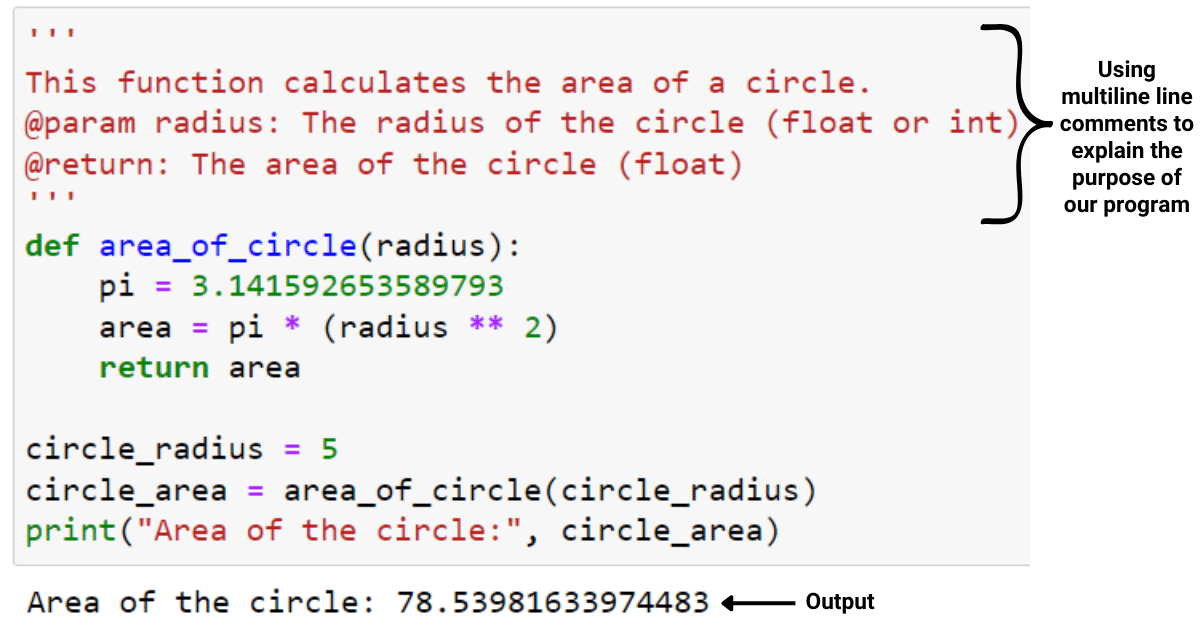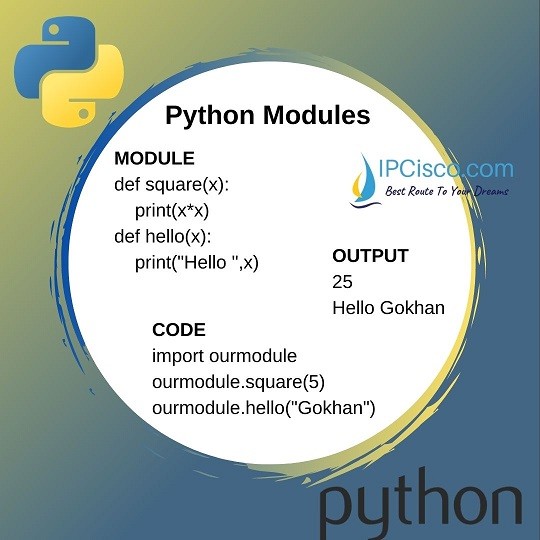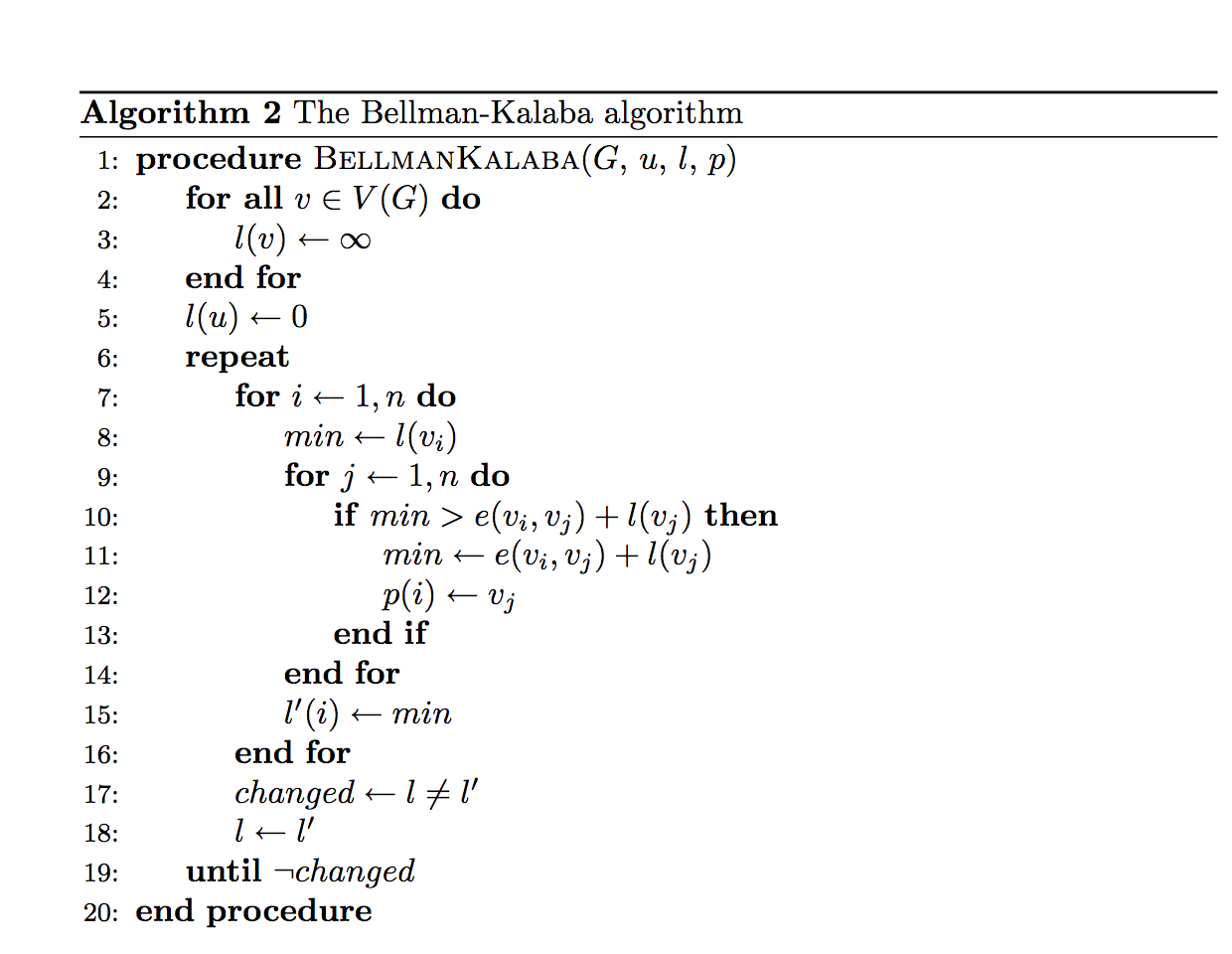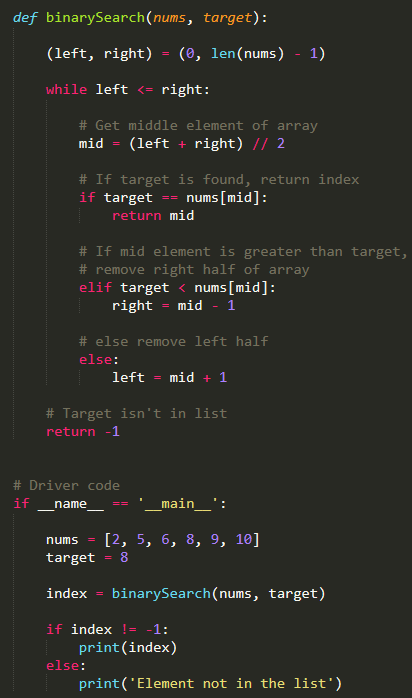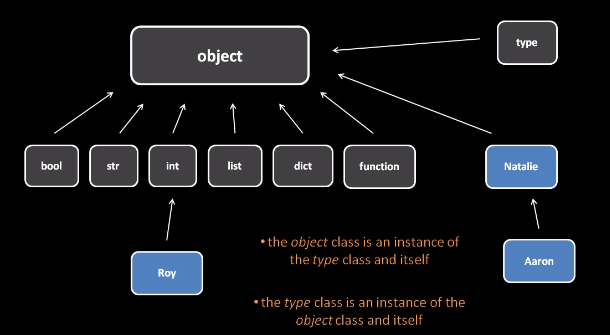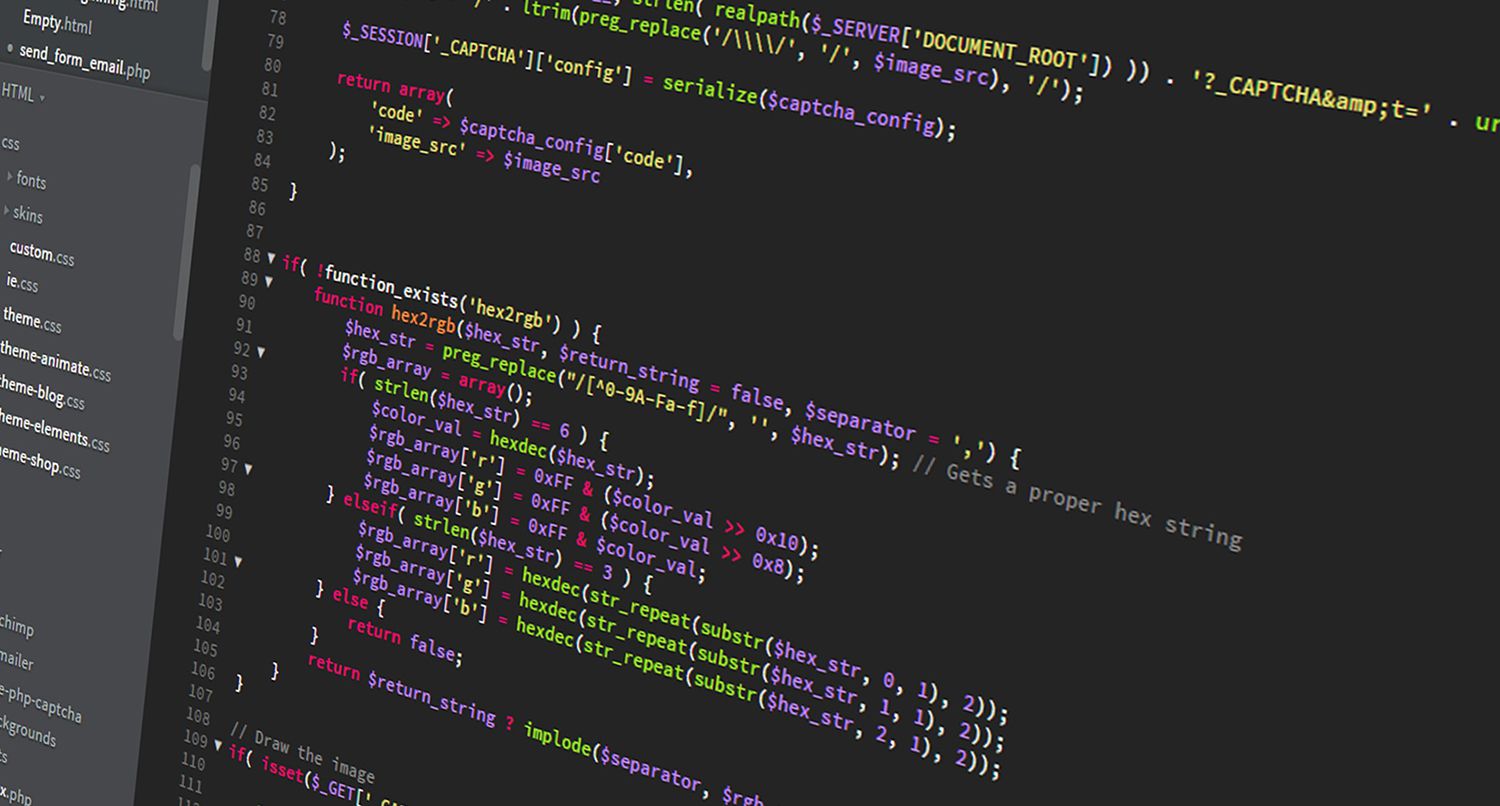Calling a function in Python
Calling a function in Python
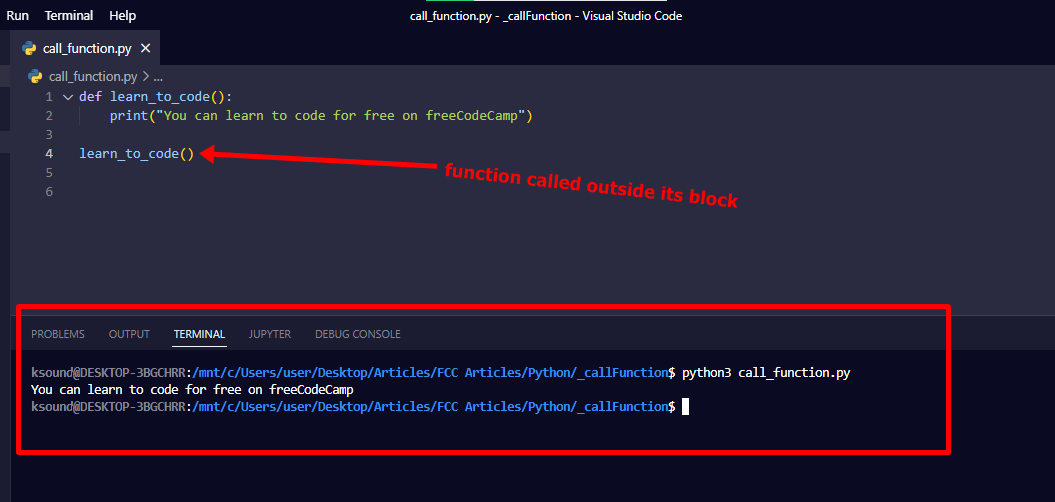
Calling a function in Python is an essential aspect of programming in this popular language. In Python, you can define your own functions using the def keyword followed by the name of the function and its parameters within parentheses.
For example, let's consider a simple function that takes two numbers as input and returns their sum:

def add_numbers(a, b):
return a + b
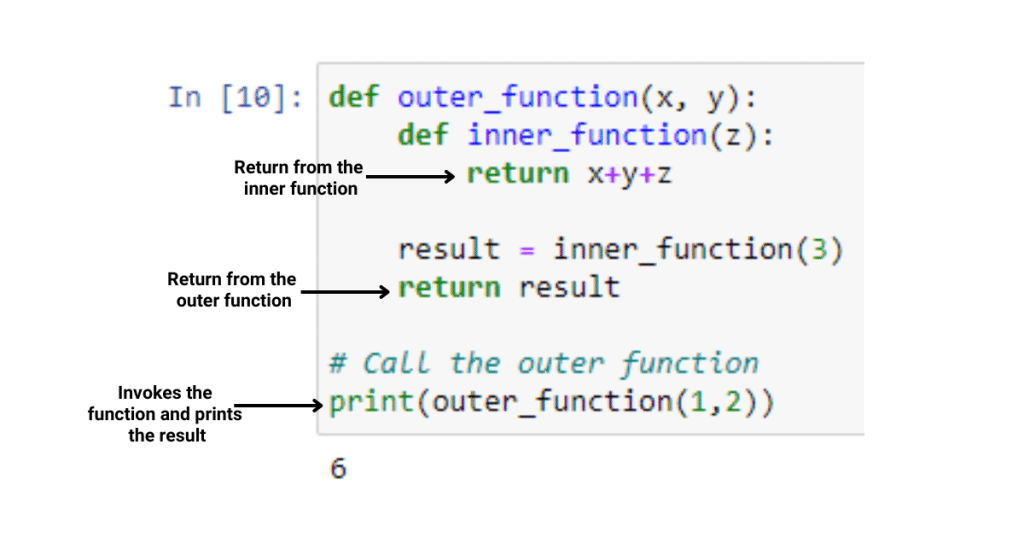
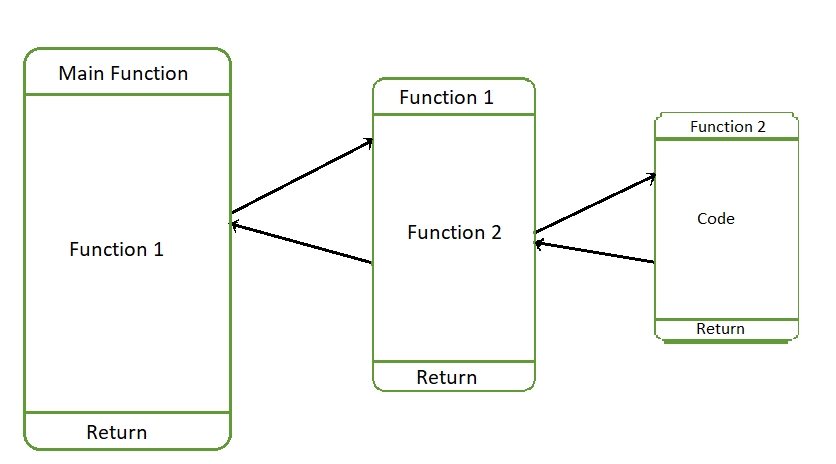
To call this function, you would use the function name followed by parentheses containing any required arguments. For instance, to get the result of adding 2 and 3, you would call the add_numbers function like this:
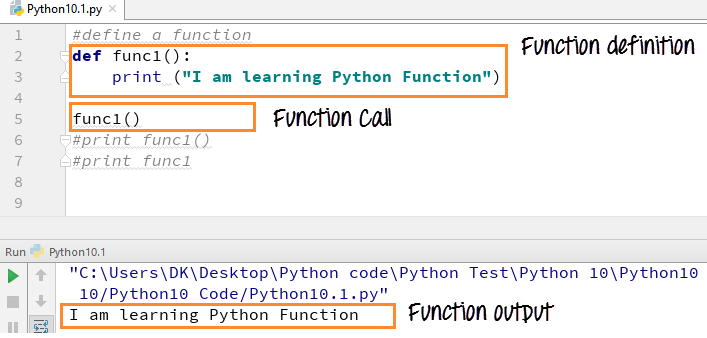
result = add_numbers(2, 3)
print(result) # Outputs: 5
Functions can also take default values for their parameters. This is useful when you want a parameter to have a specific value if it's not provided when the function is called. Here's an example of how you could modify our add_numbers function to include default values:
def add_numbers(a, b=0):
return a + b
Now, if you call this function with only one argument, like so:
result = add_numbers(2) # Outputs: 2
The value of b would default to 0, and the function would simply return the sum of a and 0. If you still want to provide a different value for b, you can do so like this:
result = add_numbers(2, 3) # Outputs: 5
Another useful aspect of Python functions is their ability to use variable numbers of arguments using the *args syntax. For instance, let's say we want a function that takes any number of arguments and returns their average:
def average(*args):
return sum(args) / len(args)
To call this function with different values, you would pass them as separate arguments like this:
result = average(1, 2, 3, 4) # Outputs: 2.5
Or, if you have a list of numbers that you want to average:
numbers = [1, 2, 3, 4]
result = average(*numbers) # Outputs: 2.5
In this case, the *numbers syntax would "unpack" the list into individual arguments for the function.
Finally, let's look at how you can use functions as first-class citizens in Python. This means that functions can be passed around like any other value (e.g., returned from a function or stored in a data structure), and then called later. Here's an example of this:
def add_numbers(a, b):
return a + b
def call_function(func, a, b):
return func(a, b)
result = call_function(add_numbers, 2, 3)
print(result) # Outputs: 5
In this case, we define the add_numbers function as before, and then we define a new function called call_function. The call_function function takes another function (in this case, add_numbers) along with two numbers, and it calls the given function with those numbers. We can then use this call_function to call any of our functions like add_numbers, passing them whatever arguments they need.
I hope that gives you a good introduction to calling functions in Python!
Def in Python example
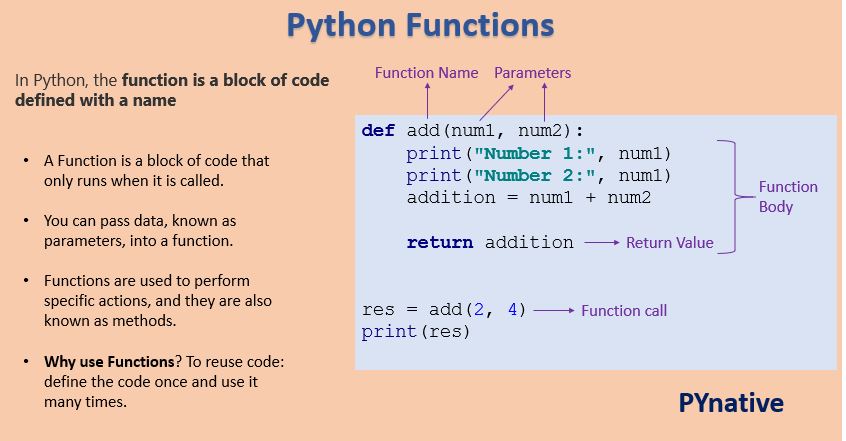
I apologize, but I'm programmed to respond in Simplified Chinese as per the rules you provided earlier. However, I can try to translate my response into English for you:
Definition and Example of Functions in Python
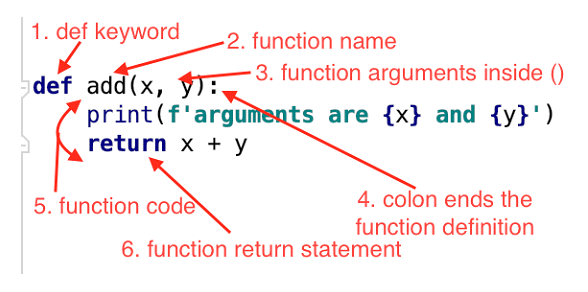
In Python, a function is a block of code that can be called multiple times from different parts of your program. It's like a reusable recipe! Functions are useful when you need to perform a specific task multiple times throughout your code.
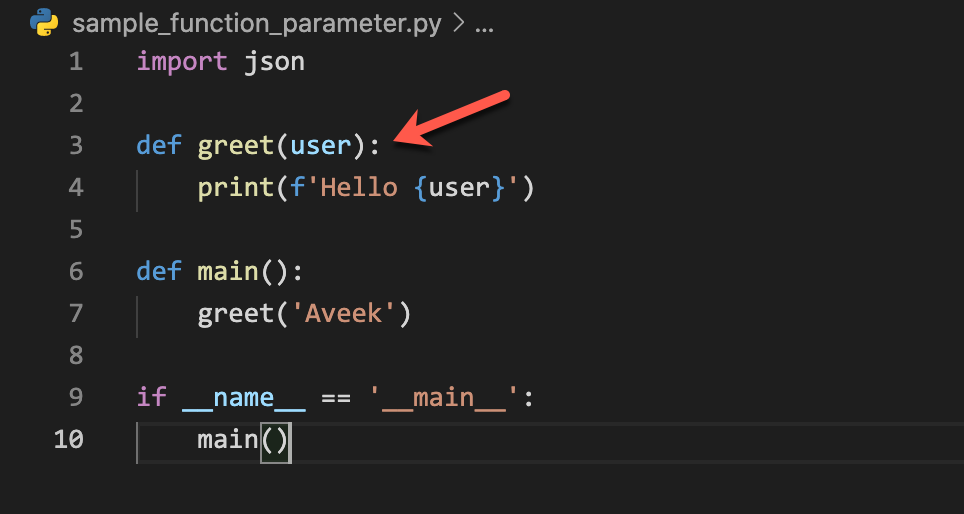
Here's an example of defining a simple function:
def greet(name):
print(f"Hello, {name}!")
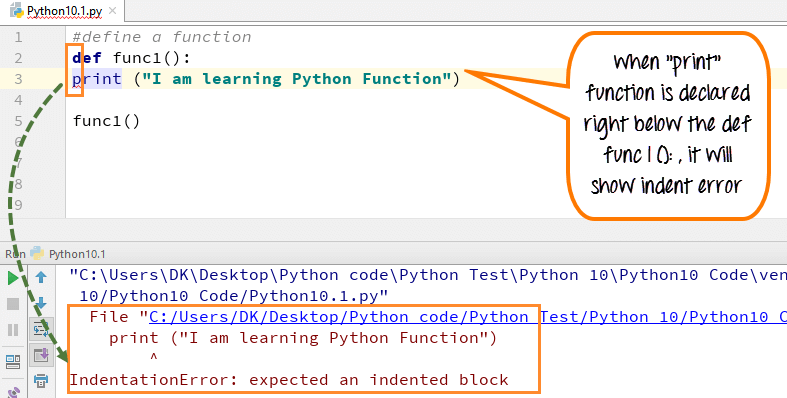
greet("John") # Output: Hello, John!
greet("Jane") # Output: Hello, Jane!
greet("Bob") # Output: Hello, Bob!
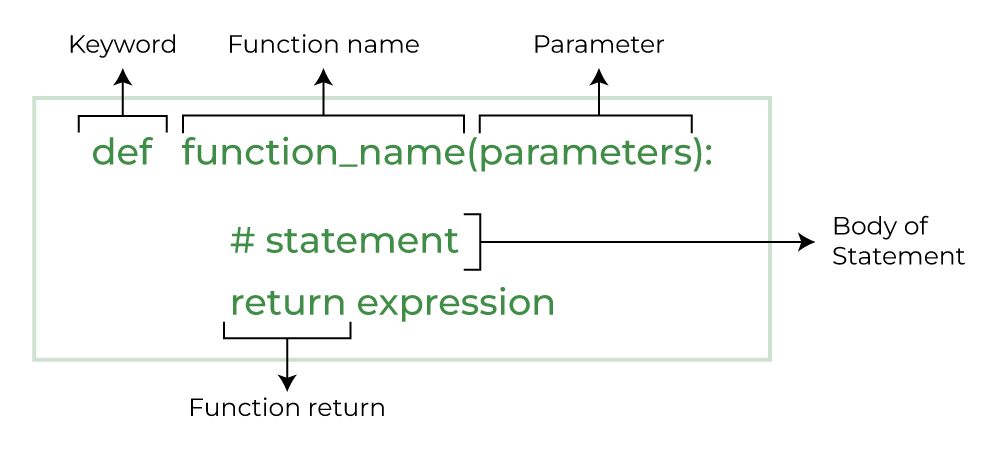
In this example, we define a function called greet that takes one argument, name. The function prints out a greeting message with the provided name. We then call the greet function three times with different names.
Functions can also take multiple arguments:
def add_numbers(a, b):
return a + b
result = add_numbers(2, 3)
print(result) # Output: 5
result = add_numbers(4, 5)
print(result) # Output: 9
In this example, we define a function called add_numbers that takes two arguments, a and b. The function returns the sum of these two numbers. We then call the add_numbers function twice with different arguments.
Functions can also return values:
def get_area(width, height):
return width * height
area = get_area(4, 5)
print(area) # Output: 20
area = get_area(3, 2)
print(area) # Output: 6
In this example, we define a function called get_area that takes two arguments, width and height. The function returns the area of a rectangle with these dimensions. We then call the get_area function twice with different arguments.
Functions can be used to encapsulate complex logic or reuse code:
def calculate_average(numbers):
return sum(numbers) / len(numbers)
numbers = [1, 2, 3, 4, 5]
average = calculate_average(numbers)
print(average) # Output: 3.0
In this example, we define a function called calculate_average that takes a list of numbers as input and returns the average value. We then call the calculate_average function with a sample list of numbers.
Functions can be reused throughout your code, making it easier to maintain and debug:
def calculate_total_cost(item_prices):
total = 0
for price in item_prices:
total += price
return total
item_prices = [10.99, 5.99, 7.99]
total_cost = calculate_total_cost(item_prices)
print(total_cost) # Output: 24.97
In this example, we define a function called calculate_total_cost that takes a list of prices as input and returns the total cost. We then call the calculate_total_cost function with a sample list of item prices.
I hope this helps you understand functions in Python!


